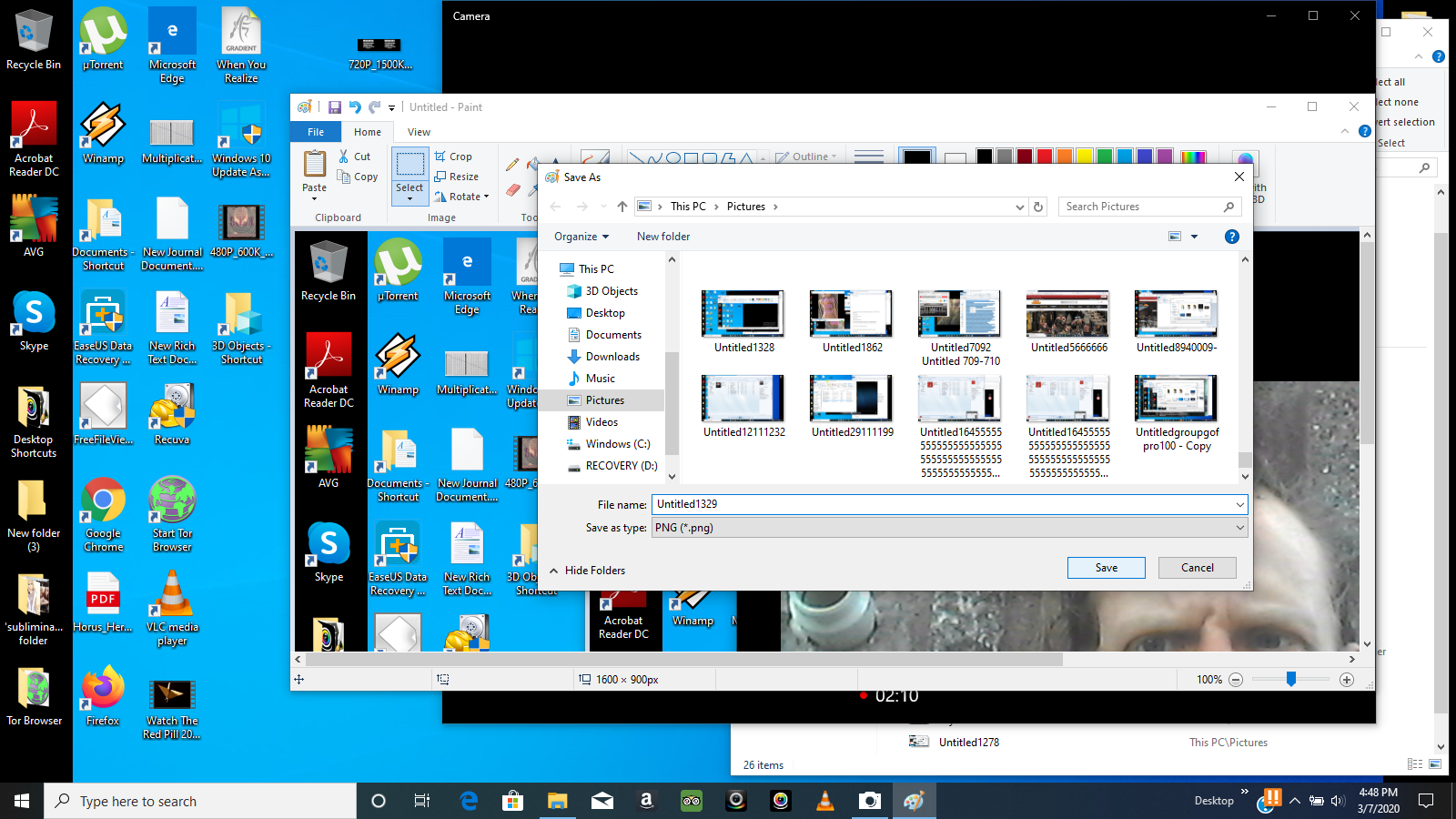- Application Cannot Find Library Installed By Breweries
- Application Cannot Find Library Installed By Brew
Open the install package (.dmg file). Drag the Slicer application (Slicer.app) to your Applications folder (or other location of your choice). This step is necessary because content of a.dmg file is opened as a read-only volume, and you cannot install extensions or Python packages into a read-only volume. The findlibrary routine uses a program called objdump (part of the binutils package) to verify a shared library on GNU/Linux systems. Thus, if binutils is not installed on your Linux system then Python’s ctypes may not be able to find your library even if your library path is set correctly and geospatial libraries were built perfectly.
Instructions for a supported install of Homebrew are on the homepage.
This script installs Homebrew to its preferred prefix (/usr/localfor macOS Intel, /opt/homebrew for Apple Silicon and /home/linuxbrew/.linuxbrew for Linux) so thatyou don’t need sudo when youbrew install. It is a careful script; it can be run even if you have stuffinstalled in the preferred prefix already. It tells you exactly what it will do beforeit does it too. You have to confirm everything it will do before it starts.
macOS Requirements
- A 64-bit Intel CPU or Apple Silicon CPU 1
- macOS Mojave (10.14) (or higher) 2
- Command Line Tools (CLT) for Xcode:
xcode-select --install,developer.apple.com/downloads orXcode3 - A Bourne-compatible shell for installation (e.g.
bashorzsh) 4
Git Remote Mirroring

You can set HOMEBREW_BREW_GIT_REMOTE and/or HOMEBREW_CORE_GIT_REMOTE in your shell environment to use geolocalized Git mirrors to speed up Homebrew’s installation with this script and, after installation, brew update.
The default Git remote will be used if the corresponding environment variable is unset.
Alternative Installs
Linux or Windows 10 Subsystem for Linux

Check out the Homebrew on Linux installation documentation.
Untar anywhere
Application Cannot Find Library Installed By Breweries
Just extract (or git clone) Homebrew wherever you want. Just avoid:
- Directories with names that contain spaces. Homebrew itself can handle spaces, but many build scripts cannot.
/tmpsubdirectories because Homebrew gets upset./swand/opt/localbecause build scripts get confused when Homebrew is there instead of Fink or MacPorts, respectively.
However do yourself a favour and use the installer to install to the default prefix. Some things maynot build when installed elsewhere. One of the reasons Homebrew justworks relative to the competition is because we recommend installinghere. Pick another prefix at your peril!
Multiple installations
Create a Homebrew installation wherever you extract the tarball. Whichever brew command is called is where the packages will be installed. You can use this as you see fit, e.g. a system set of libs in the default prefix and tweaked formulae for development in ~/homebrew.
Uninstallation
Application Cannot Find Library Installed By Brew
Uninstallation is documented in the FAQ.
1 For 32-bit or PPC support seeTigerbrew.
2 10.14 or higher is recommended. 10.9–10.13 aresupported on a best-effort basis. For 10.4-10.6 seeTigerbrew.
3 Most formulae require a compiler. A handfulrequire a full Xcode installation. You can install Xcode, the CLT, or both;Homebrew supports all three configurations. Downloading Xcode may require anApple Developer account on older versions of Mac OS X. Sign up for freehere.
4 The one-liner installation method found onbrew.sh requires a Bourne-compatible shell (e.g. bash orzsh). Notably, fish, tcsh and csh will not work.